Protection of intellectual property in the PRC
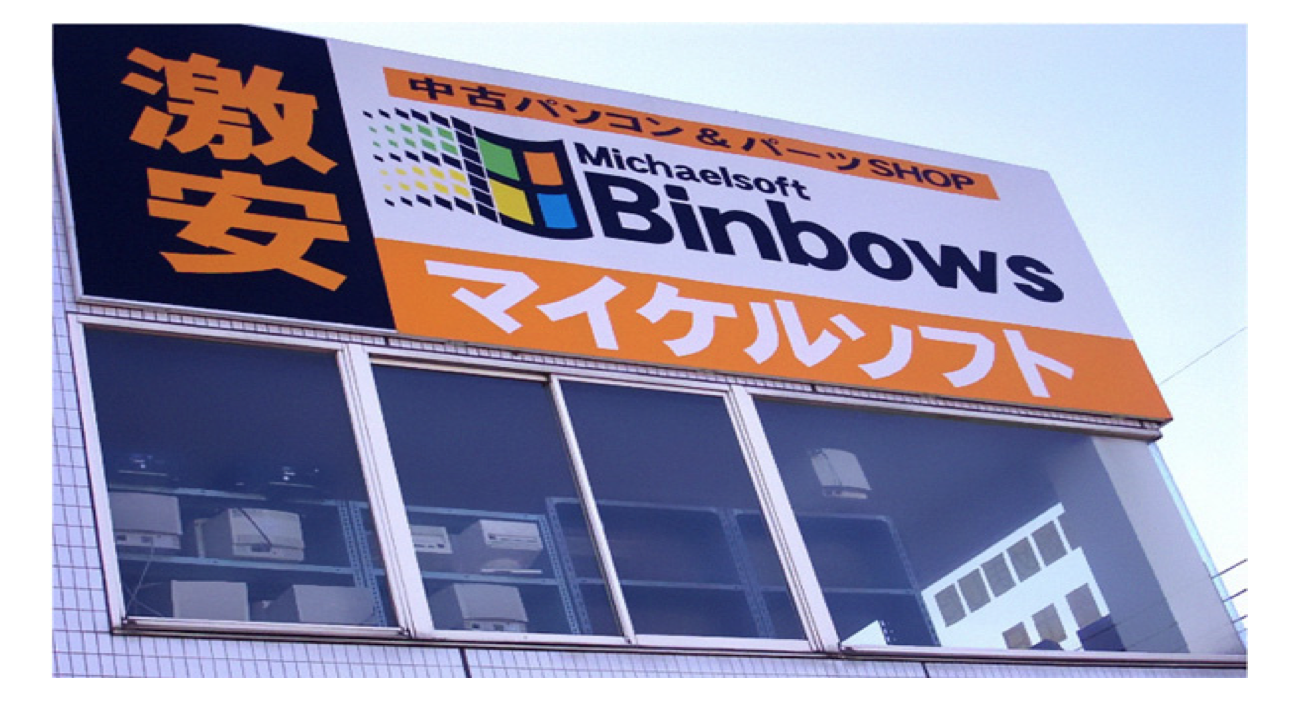
What are your associations with China? I think that copyright and patents are the last thing that will appear in your head. In honor of the upcoming end of the celebration of the Chinese New Year, I propose to plunge into the field of patenting in China. Under the cut funny pictures and some text. It is clear that the topic is broad, so I propose to be noted in the comments.
Why China?
Catch the first surprise from China! China in 2015 became the champion on filed patent applications. Not a few guys sent 1 101 864 applications (according to WIPO - the world intellectual property organization). Do our Chinese copyright mates think? Yes, yes, and yes again. Happy At night. On holidays and weekends. They generally work a lot. By the way, in copyright disputes, priority is mainly given to Chinese companies with local patents. Of course, there are exceptions. For example, just over a year ago, Apple managed to protect the integrity of Siri from the encroachments of its twin sister Xiao I Robot.

')
In general, when it comes to software, it is quite difficult to decide whether it is worth spending time, money, and your efforts to protect the software product in the non-core market for a company. In China, as in other countries, computer programs can be patented as inventions, as a software and hardware complex as a whole, subject to improvements in the level of technology, a new technical result and constitute a complete technical solution.
Basic conditions for patenting
To begin with, it is necessary to say that in China patents are granted for inventions (a new technical solution relating to a product, a method or an improvement of a product or method), utility models (a new technical solution relating to the shape and structure of a product or a combination thereof, which are suitable for practical use). applications) and industrial designs (new shape of the form, configuration, or a combination thereof, or relative to the shape and configuration in color, which create an aesthetic impression and are suitable for industrial use). The exclusive right is valid for twenty years - for inventions and ten years - for useful and for industrial designs.
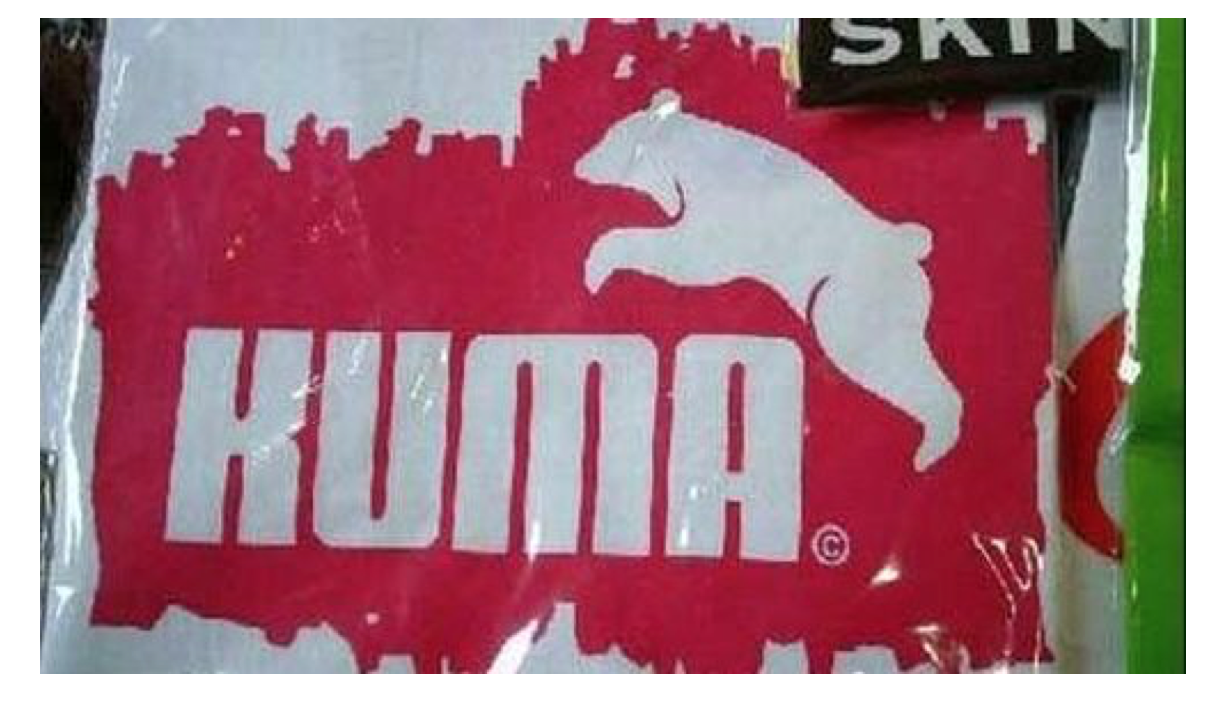
In China, a patent application may be filed within 6 months after disclosing the invention to third parties without losing one of the patentability points of novelty) only in the following cases: the invention was presented at an exhibition recognized by the Chinese government, published within a scientific conference or disclosed without the consent of the applicant . This item is different from US law, which allows you to submit an application within one year after the publicity of the invention. In spite of this, it is possible to declare priority from a similar application filed in another country (a member state of the Paris Convention) no earlier than 12 months (6 months for industrial designs) before filing an application in China.
Consider the cost of filing applications with the State Intellectual Property Office of China (SIPO):
Suppose that we already have a finished application in English and it has 30 pages and 20 claims (means for applications), then submitting such an application with a translation into Chinese will cost approximately $ 3,900 (calculated on the IP-coster website ). But you may need to change the formula or write a new application, which would entail much more costs. This amount includes the payment of patent attorney services upon application. Submission through local patent attorneys is a prerequisite for companies that do not have a registered seat in China. But even if there is one, companies generally prefer to hire attorneys, as the patent system is easy to get confused, there are limited periods for preparing and filing various documents, and the last weighty argument is that all communication with the patent office regarding the application takes place in Chinese ( the application itself, expert objections, etc.). And of course, they will be able to help you at any time, suggest and will not allow you to lose the application without a proper fight, because, as you know, the Chinese attorneys are very responsible and executive.
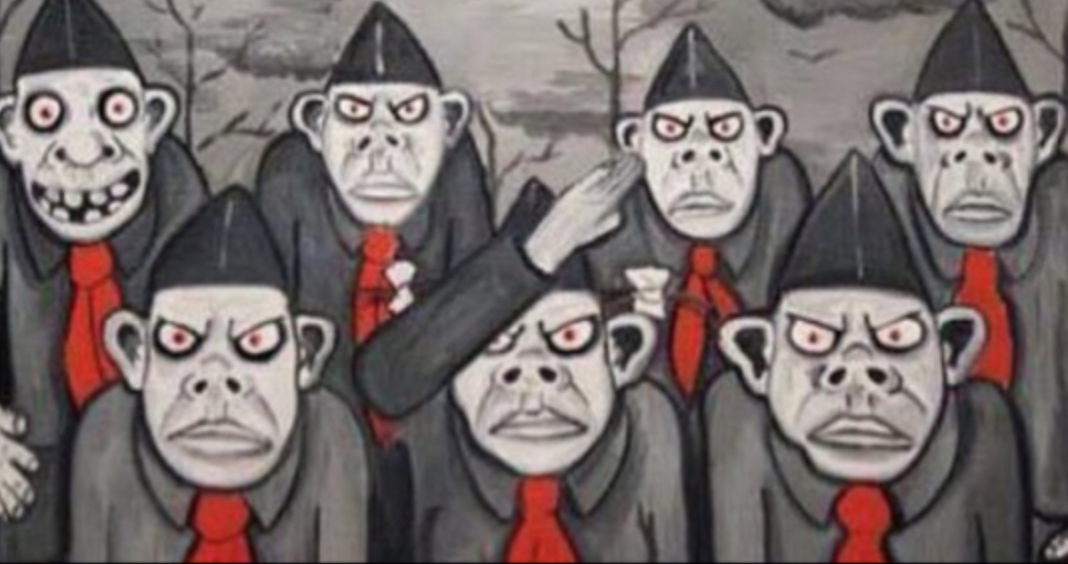
Practical advice
In order to obtain effective protection of patent rights in the PRC (they can in principle be applied to other countries as well), we recommend paying particular attention to certain aspects:
Accuracy of translation . Much depends on this criterion when considering an application at the patent office. This is confirmed by the fact that it is not uncommon for the rightholder to find out that the wording is incorrect or to misrepresent the meaning of the invention due to an incorrect translation into Chinese. Well, the quality requires appropriate payment and sufficient time.
Caution when changing the application . China has a very strict approach to changing the application during the review. It is not necessary to make changes that go beyond the disclosure of the original application, because it can lead to its cancellation. It is also advised to include as much technical characteristics as possible in the dependent claims for the possibility of changing the formula after issuing a patent during the patent revocation procedure. Indeed, the description in such cases cannot be used as a source.
PCT applications (international patent system). This article was not mentioned earlier in the article, but it is possible to transfer the PCT international application to the national phase in China. The text in such an application is considered as genuine and valid after the start of the national phase. The PCT procedure can be more read on the WIPO website
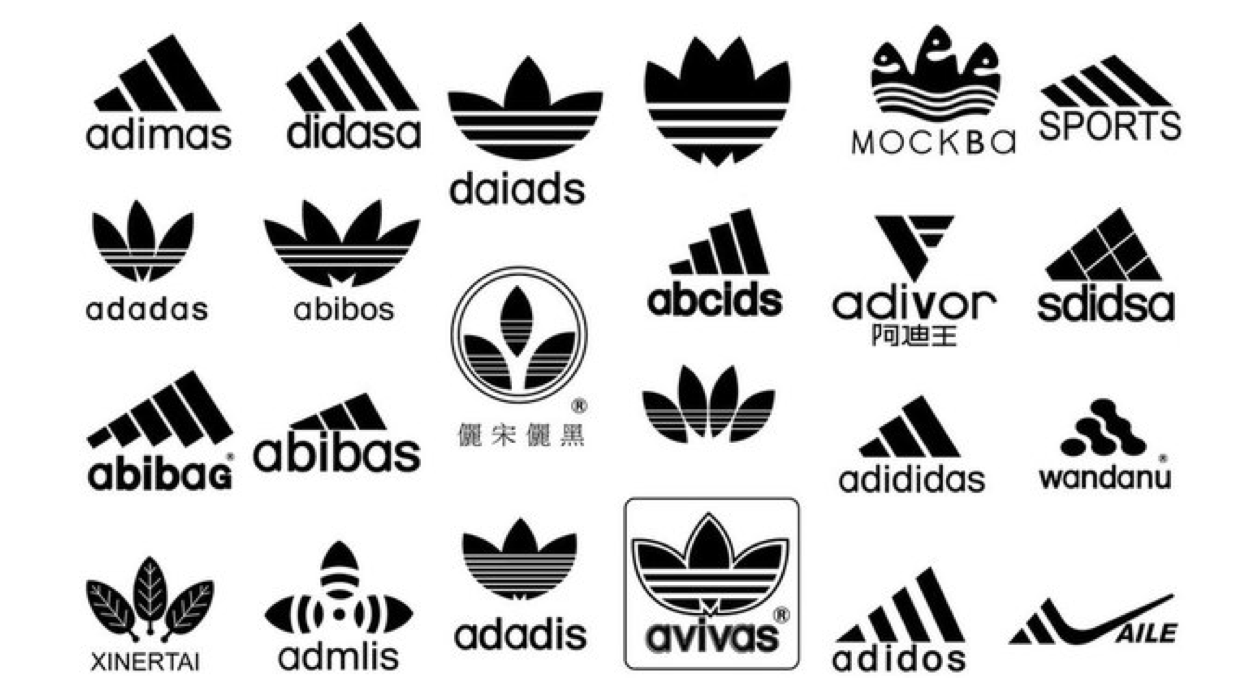
Protection
To protect patent rights, there are three main ways: administrative, judicial and by the means of customs authorities. Based on the complex technical aspects of inventions and utility models, the judicial method is the most effective.
However, it should be mentioned that when assessing the protection in China of exclusive rights, the following factors should also be considered: inadequate professional competence of courts and lack of support from local authorities (which can be said not only about China); a number of requirements established by Chinese procedural law that may not be known to a foreign rightholder (for example, all evidence when filing a claim of exclusive rights violation must be notarized and all foreign documents are legalized).
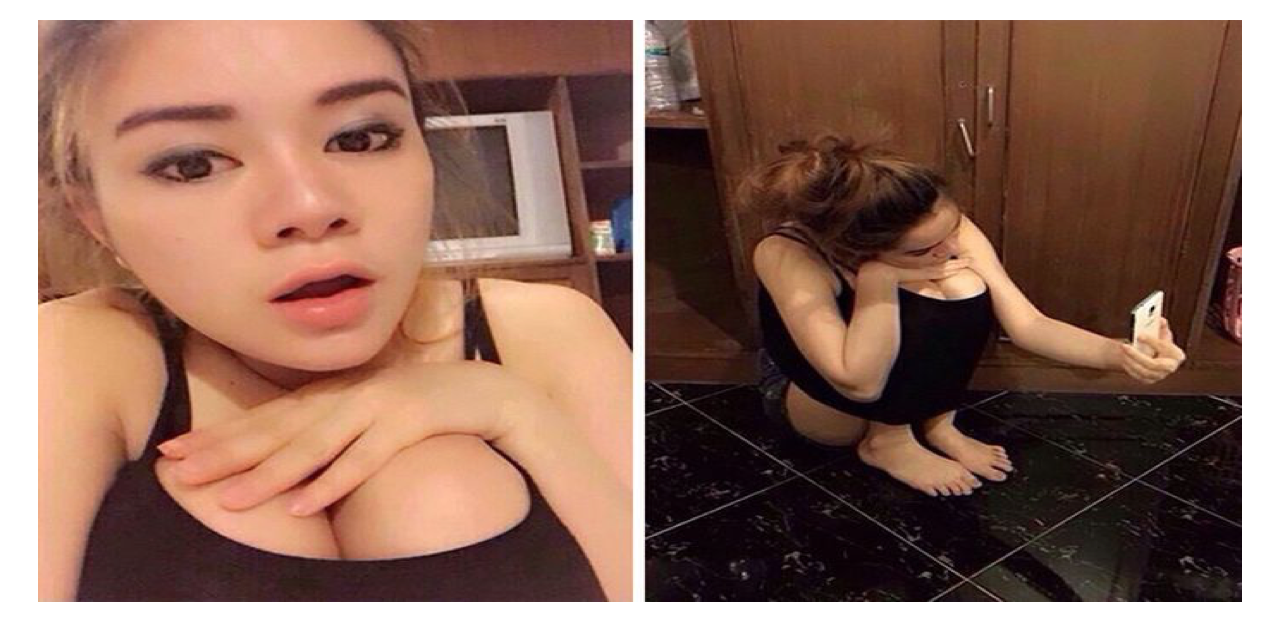
And lastly, do not forget, if you plan to get a patent in China, it will not operate on the territory of Hong Kong and Macau - in these independent administrative districts you must additionally submit an application. More detailed information on patenting in China with a list of legal documents, contact information, statistics, and so on can be found on English on the SIPO or WIPO website.

ZY Since I work as a patent specialist in Parallels, I can say that there are no Chinese patents in our bins yet. In the Middle Kingdom in general, a curious situation with poppies. They really buy packs, only then hardcore put Windows over. We hope it will be treated soon and then we will live!

Source: https://habr.com/ru/post/321484/
All Articles